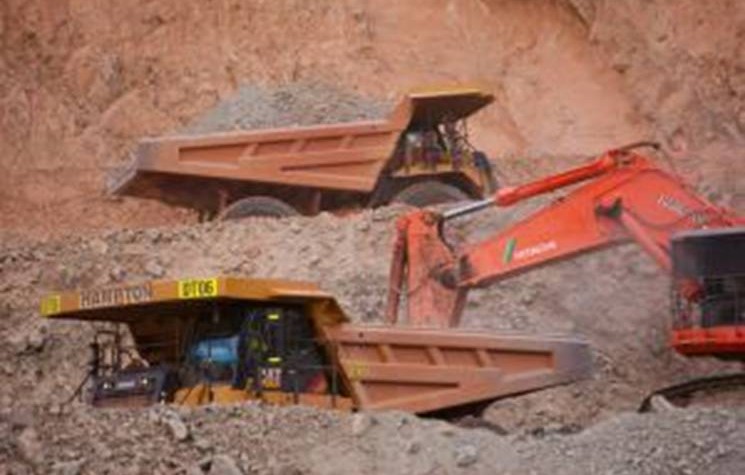Trends In Executive Pay In The Mining Sector

By Alastair Ford
Before the boom got underway in the early part of the last decade it was a truism that any junior mining company chief executive paying himself or herself more than £50,000 per year was taking shareholders for a ride. Then the boom came along and everybody was making so much money in all directions that no-one batted an eyelid when executive pay suddenly shot through the roof and standard salary packages ballooned past the £250,000 mark. Some of them went still higher.
The former chairman of Amara Mining earned close on £1 million a year before he stepped aside, while the former head honcho at Avocet Mining took home US$1.8 million just before that company went over a cliff in 2012. It hardly needs saying that share price performance in no way kept up with those bonanza pay packages.
Things are a little different now. Notwithstanding that the global economy is still rebalancing to the East, there are not many people around now who would dispute that the boom is well and truly over. Some executive paypackets remain high, it’s true, but it’s also true to say that where some companies are being run on “fumes”, as they say in Canada, directors are taking little or no pay at all.
At the top end of the market the change has been equally as drastic, although remuneration overall naturally remains higher than it does at the junior end of the sector. As the head of Randgold, Mark Bristow earns millions, but that’s perhaps understandable as Randgold is about the only company around that’s made a decent fist of navigating its way through both the boom and the subsequent crash, retaining both profitability, and, to a large degree shareholder value.
But with the exception of Mark, for good reason it’s been all change at the top over the past few years. Virtually all the majors have replaced their top men over the past year or two, and by and large the replacements have received either the same remuneration or slightly more than their predecessors.
According to the REM Report, a detailed survey compiled by Swann Global, HRascent and SNL Metals and Mining, boardroom pay at the top end of the market increased by more than four per cent during 2013, although there was also an increase in the percentage of equity taken as part of the remuneration package.
But as for chief executives themselves, the picture is slightly more nuanced. The median base salary of the chief executive of the world’s top 50 miners declined by nearly seven per cent in 2013, while total remuneration dropped by more than 10 per cent.
Having said that, for the lucky, or canny chief executives that have held onto their role from 2012 or earlier, base pay has gone up by more than three per cent. And within those numbers there are certain geographical discrepancies. South Africans are paid less. The pay of chief executives from the USA is most leveraged through long-term incentives.
How much does all this matter? The answer to that rather depends on the perspective you are coming from. Aggrieved investors smarting from losses may rail against fat cat salaries in an effort to mitigate their own pain, but from the mining company’s point of view that’s still important. And when it comes to attracting new investment, ensuring that board level compensation is set appropriately is crucial.
At least that’s the view of Investec, co-author of the REM report. “Often the first thing investors look at before a meeting with any company, not just mining, is the section of an annual report detailing executive pay”, it writes.
“This is how they can judge whether a company board is rewarding themselves appropriately for the successes, or failures, of the past. Many institutional investors are now required to report to their own internal regulators why they invest in a particular company and part of such a report usually focuses on executive pay.”
The same is true at the junior end of the market. “In addition”, continues Investec, “the focus is now widening to forensic examination of overall company costs. For example one investor recently complained that the arrival of an exploration company CEO in a chauffeur-driven limousine was enough to dissuade him from investing in the company.”
The time for nest-feathering is very definitely over.
Comments (0)